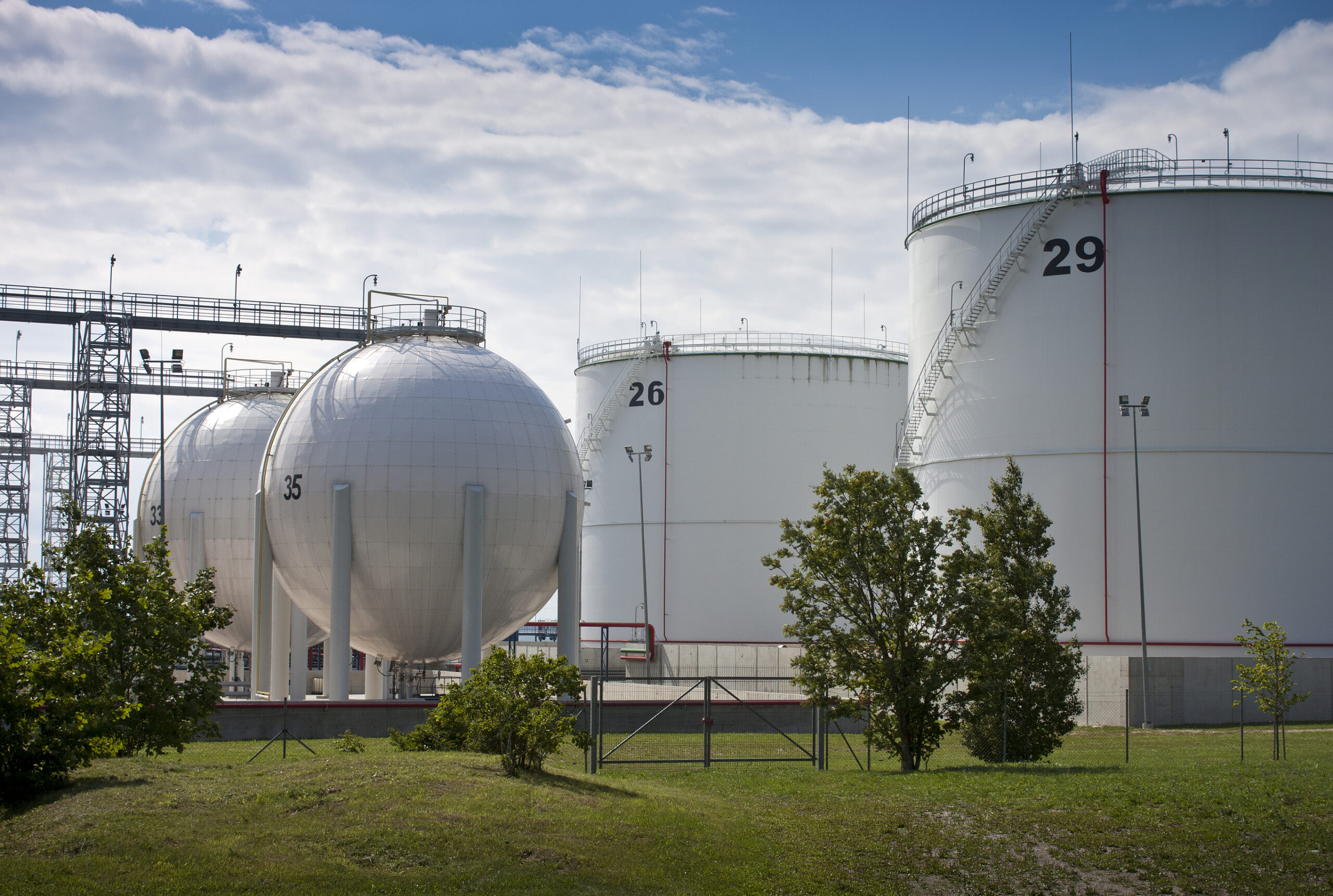Europe has ended the winter season with record levels of gas storages, putting the region in a much better position to move on from the energy crisis that has overshadowed it for more than two years.
Gas storages for the EU at the end of March were over 58% full. This is the highest level on record at this time of year.
European Commissioner for Energy Kadri Simson stated that these “high storage levels are a result of the successful diversification of energy supplies, the efforts of citizens and businesses to reduce gas demand, and the investments in renewable energy, the three pillars of REPowerEU Plan.”
The high level of gas storage in Europe means that markets are increasingly stable, prices are back around pre-war levels, and Europe can start refilling with confidence for next winter’s heating season.
In response to the Russian war in Ukraine, the European Commission proposed the REPowerEU Plan in March 2022, to end Europe’s dependency on Russian fossil fuels.
EU Leaders unanimously agreed on the need for a detailed plan, and this was subsequently presented by the Commission in May 2022.
The share of Europe’s Russian gas imports fell from 45% in 2021 to 24% in 2022, and further to 15% in 2023.
Furthermore, Europeans have reduced their gas demand by almost 20%, which has allowed EU to save more than 107 bcm of gas in the last 18-months.
“The increased share of renewables in the energy mix has allowed us to replace the equivalent of 24 bcm of Russian gas in 2022 and 2023. And emissions from the power sector fell by an impressive 24% in 2023, while our economy also continued to grow,” said Kadri Simson.
Among the measures proposed by the Commission was a target for member states to fill gas storages to 90% capacity by 1 November every year.
“With EU gas storages more than 58% full on 1st of April, we now enter the injection season with the highest storage level on record,” Simson added.
European operators have also stored 2 billion cubic metres (bcm) of gas in Ukrainian storage.
As it is reported by the Commissioner, this high level of gas storage puts the EU well on track to meet the 90% target on 1st of November 2024, and to enter winter 2024/2025 well prepared.
“This will also ease the pressure on gas prices during the storage filling season,” it was added.



